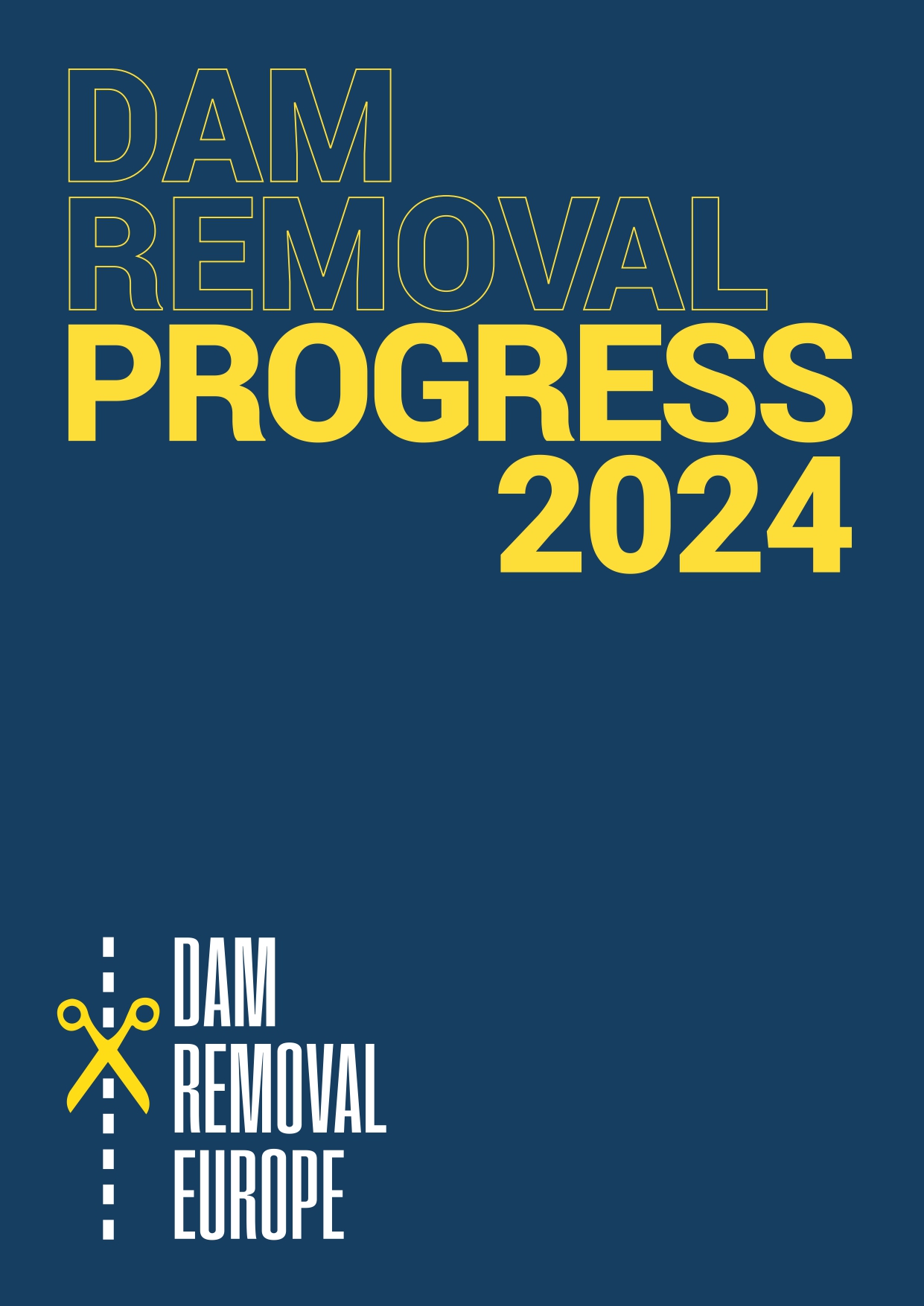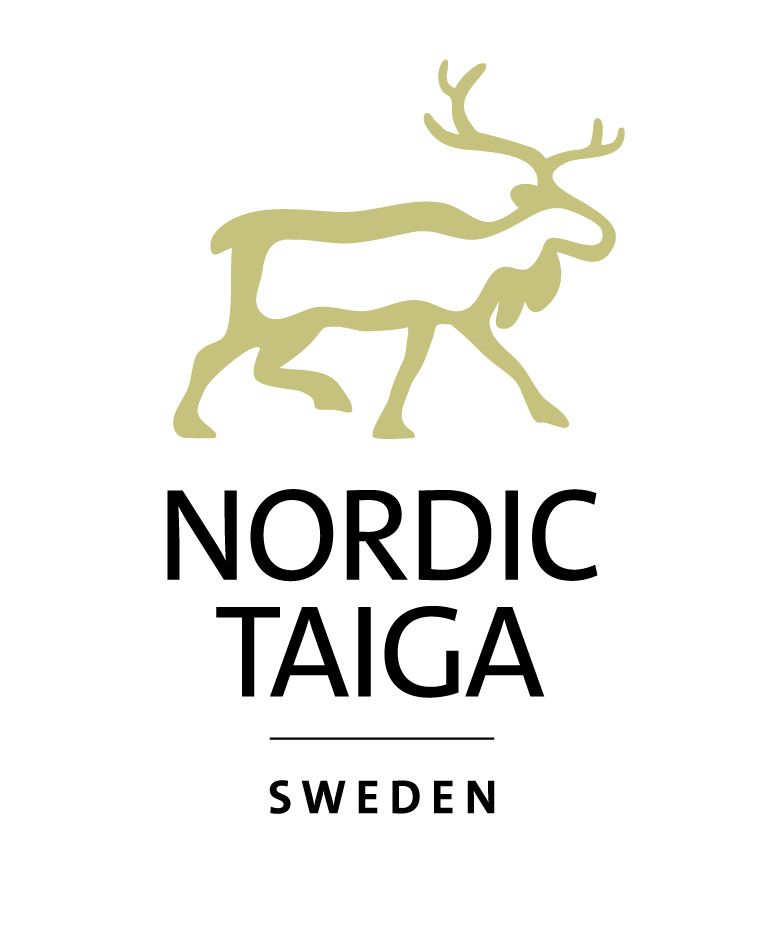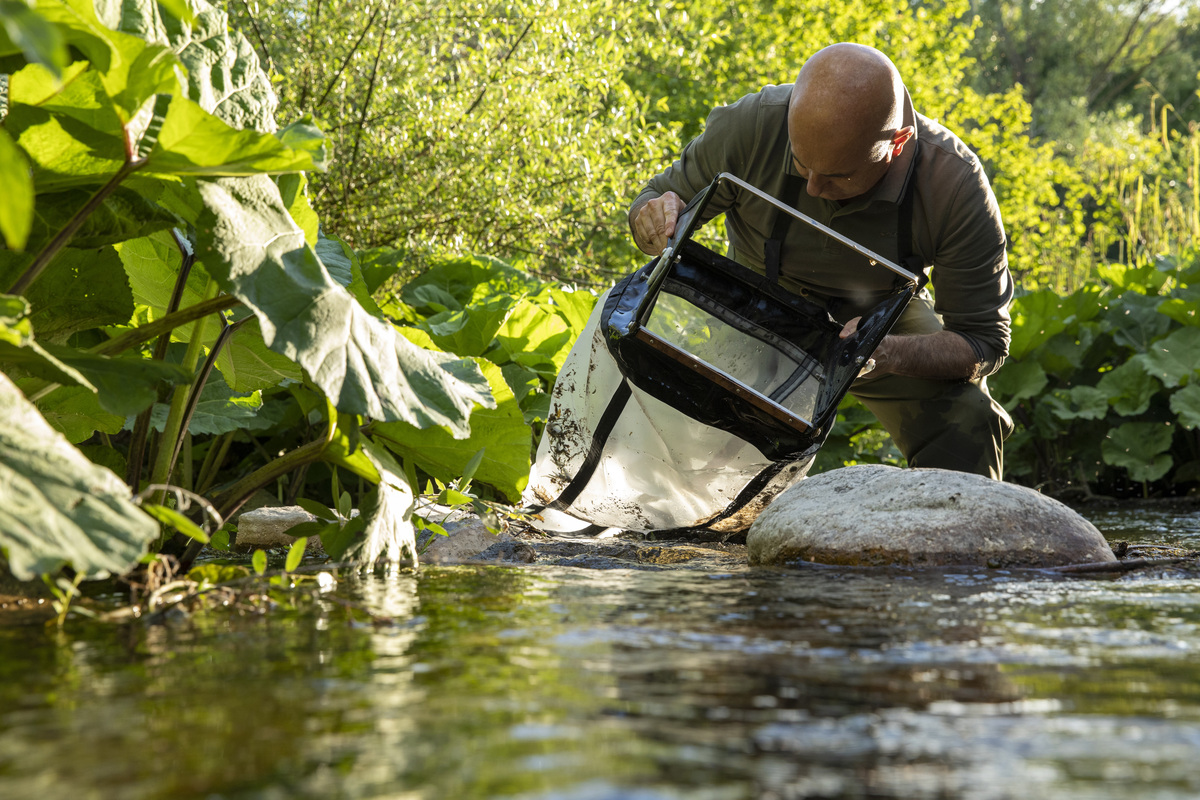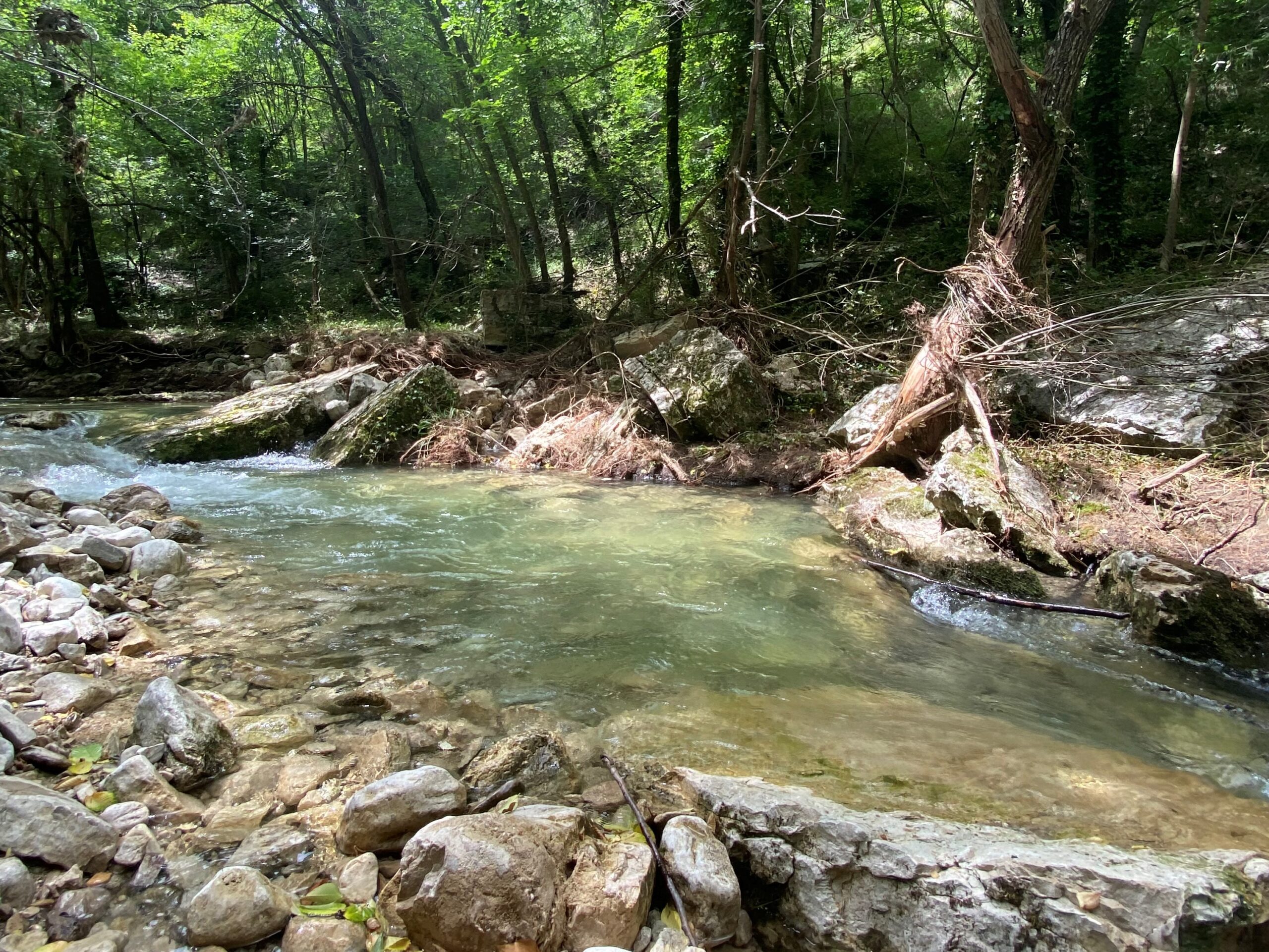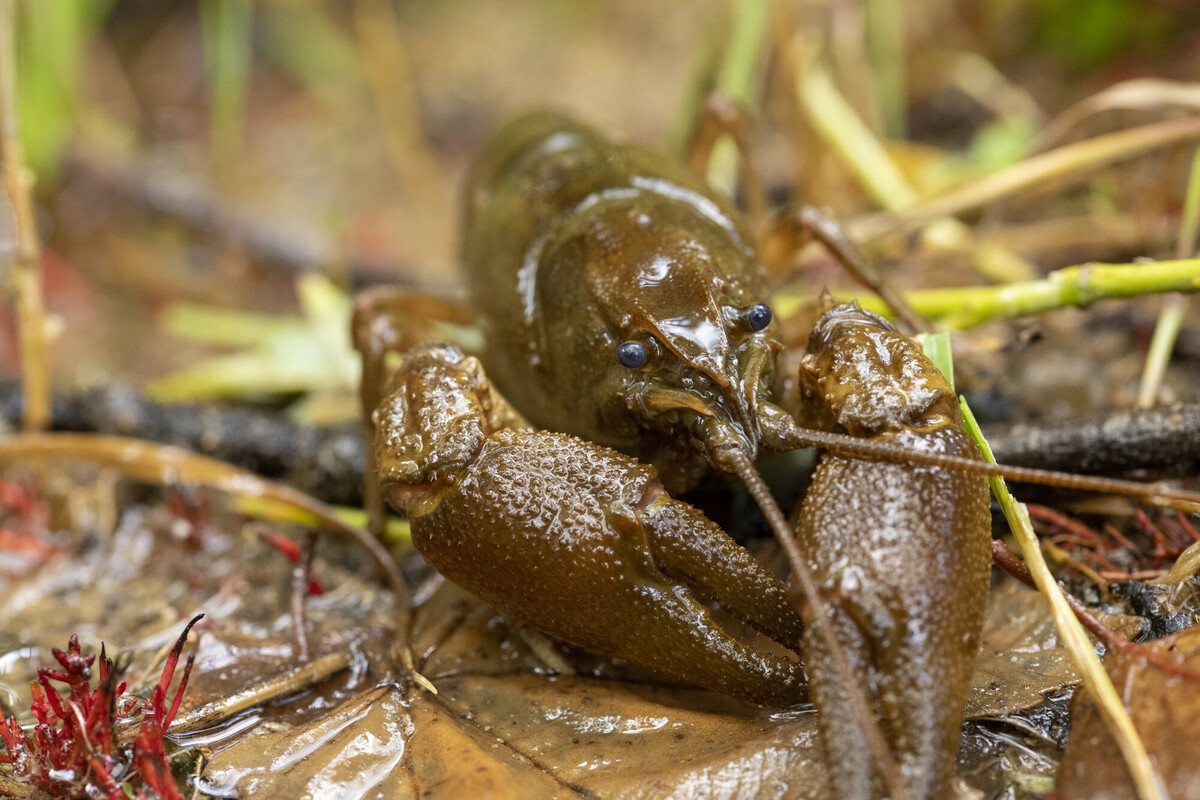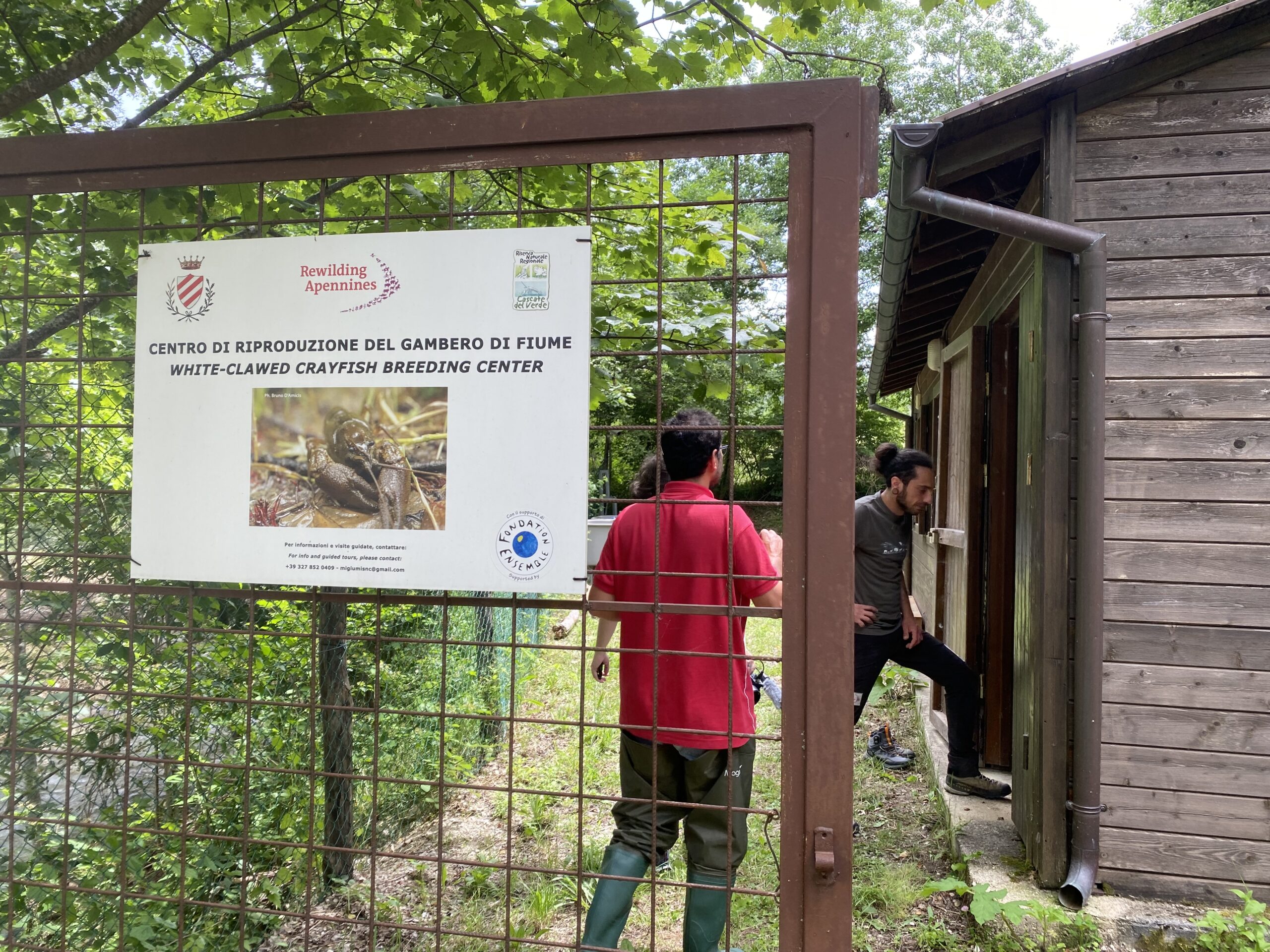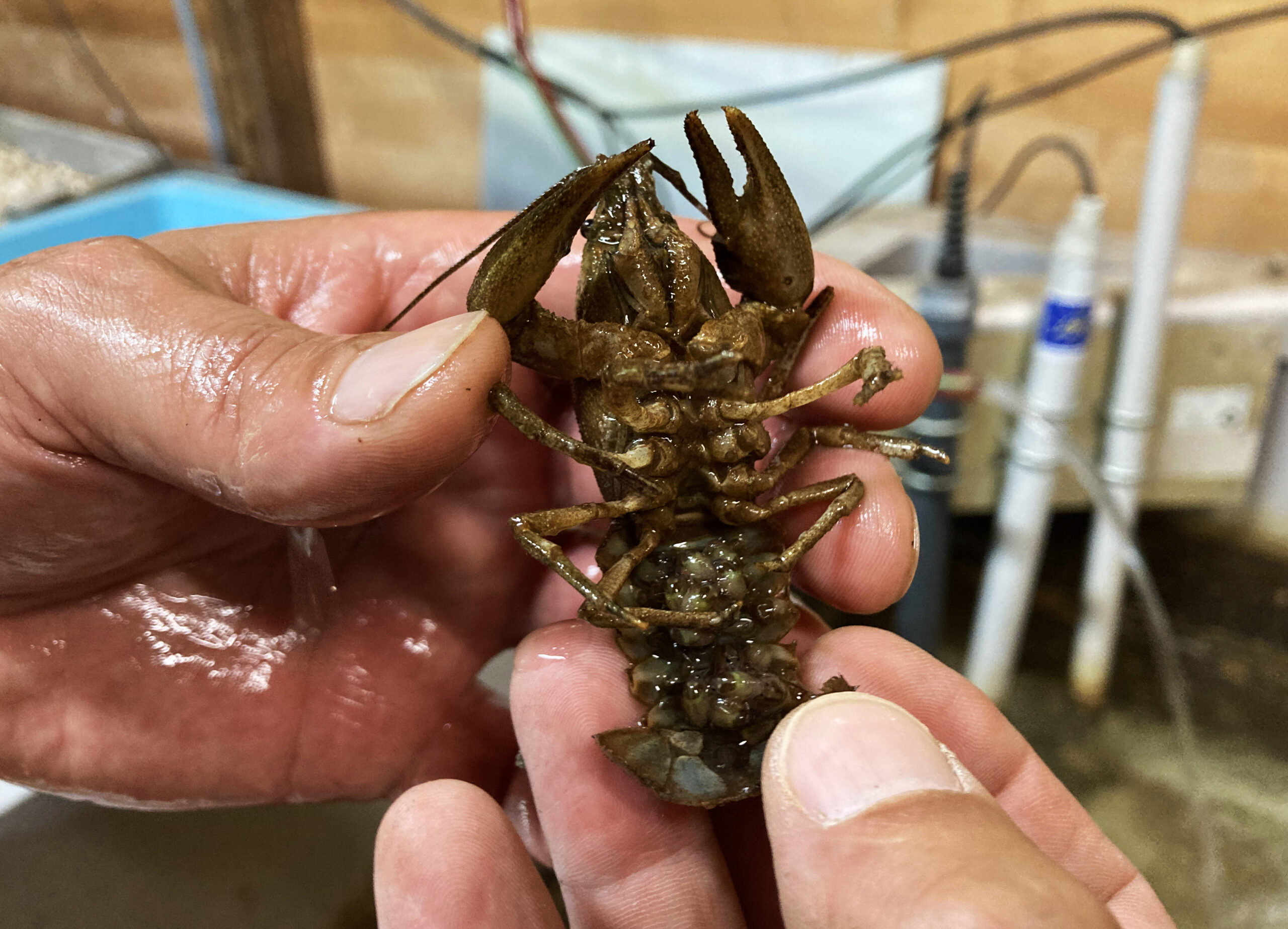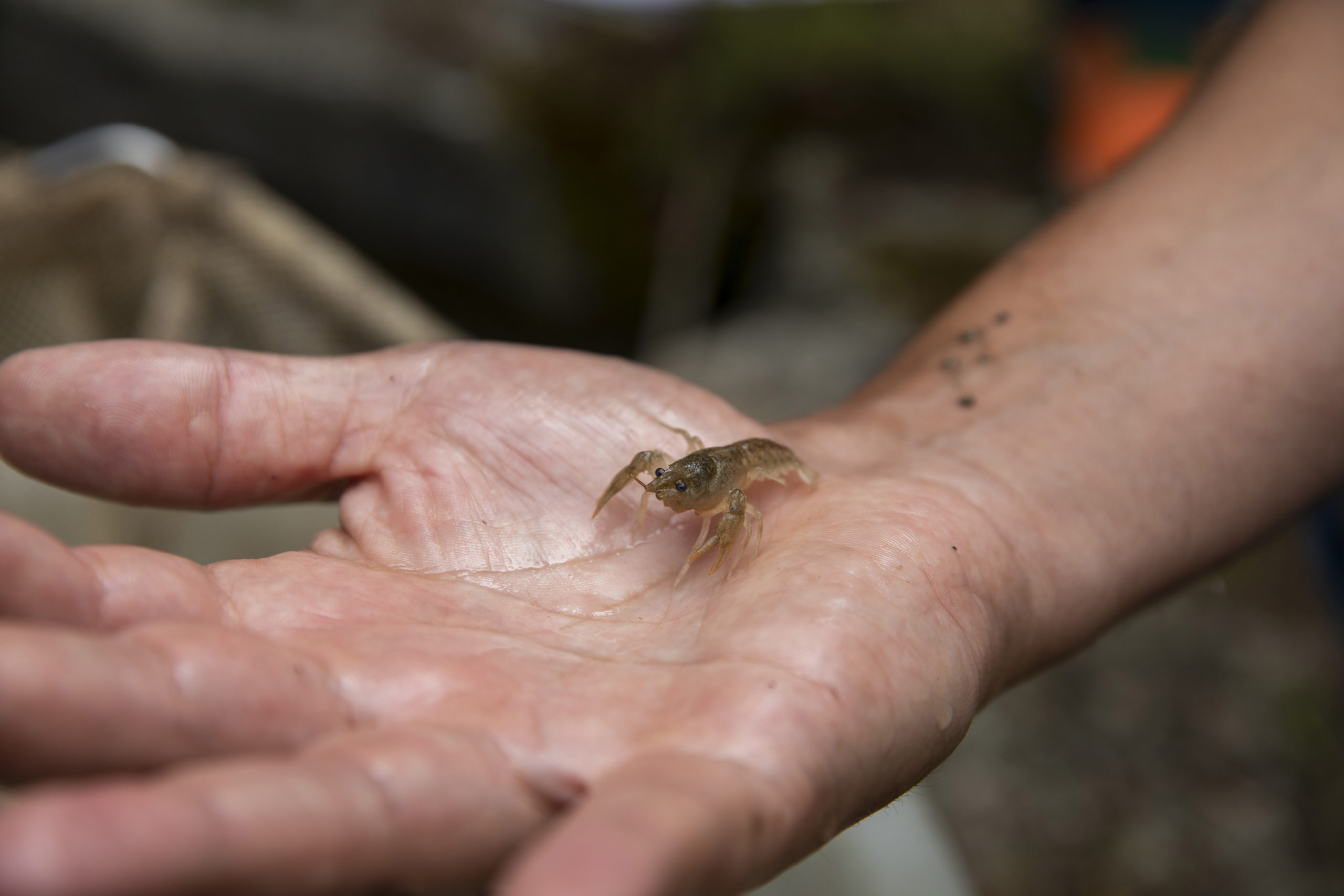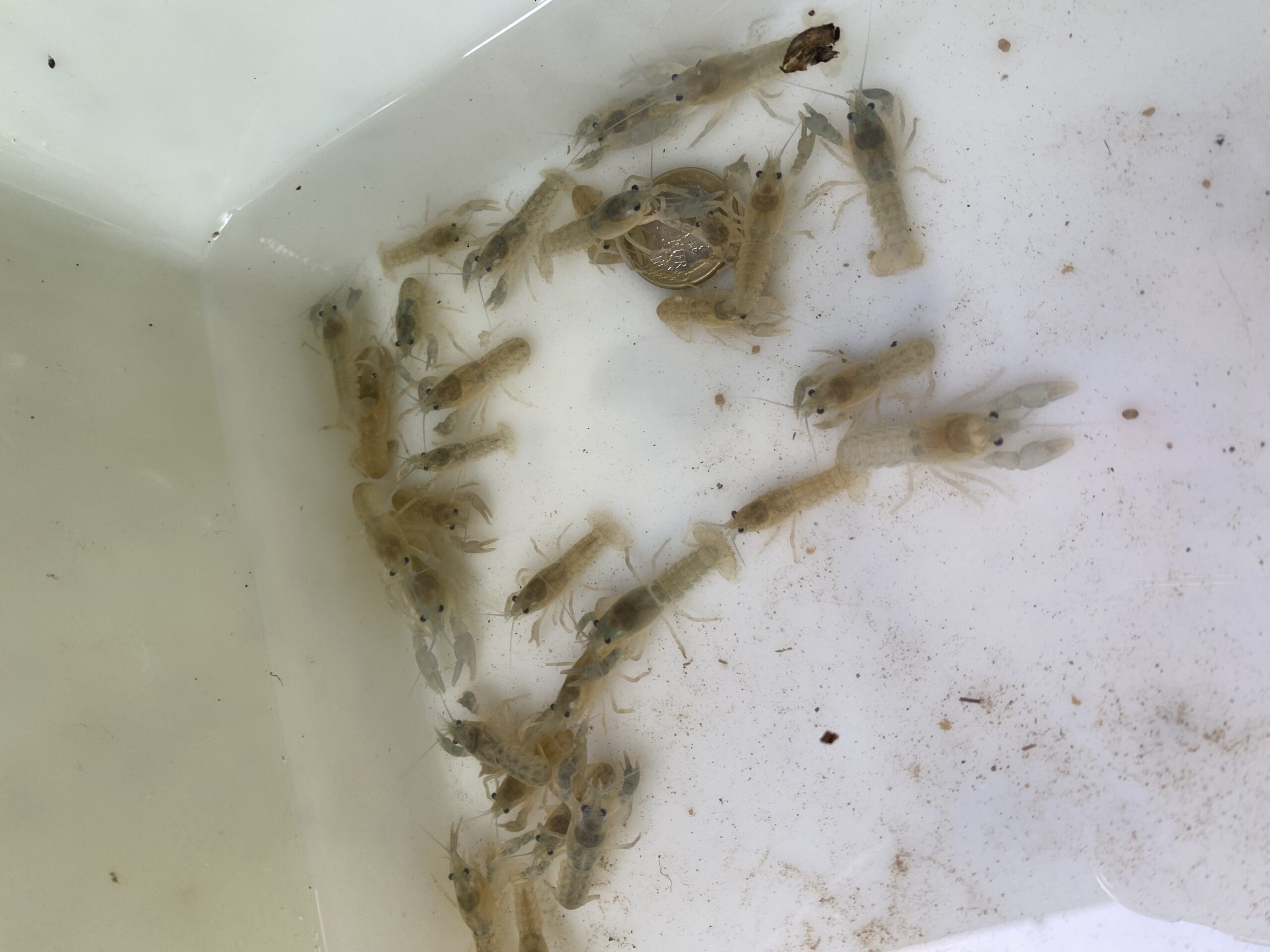Healthy, functional rivers deliver a wide range of essential benefits to people and nature. Rewilding is one of the best ways of restoring European rivers to health.
Towards wilder waters
Rivers harbour some of the richest biodiversity on earth and provide an array of benefits to people. Healthy, free-flowing rivers, which are well-connected with surrounding landscapes, offer a wide range of habitats for wildlife species. Such “waterscapes” also help to purify water and reduce the risk of downstream flooding in times of heavy rainfall, and are more resilient to the effects of climate change.
Sadly, the majority of European rivers are in poor health, with only a few truly wild stretches remaining. Since the beginning of the twentieth century, most have become polluted, channelised, and fragmented by dams and weirs. The result has been a huge reduction in biodiversity and water quality, accompanied by a widespread deepening of riverbeds and a massive loss of floodplains and wetlands.
In many cases, European rivers have been altered so much that we no longer know what wild water looks like. With climate change bringing new challenges, we urgently need a new relationship with water – accepting it into our landscapes again, and rewilding it where we can.
Healthy rivers are free-flowing rivers with more space for dynamic, natural processes such as the free flow of water and flooding
Giving rivers space and freedom
The revival of natural processes lies at the heart of rewilding, as it helps to create fully functional ecosystems. Rewilding rivers means giving them the space and freedom to manage themselves, with dynamic, natural processes such as the free flow of water and flooding returning them to health. This means removing constraints such as dams and weirs wherever possible, reconnecting rivers to their floodplains, restoring riverside vegetation, and promoting the return of wildlife such as beavers. Some rivers may need a helping hand at first, but many can heal themselves, often more quickly and effectively than we can.
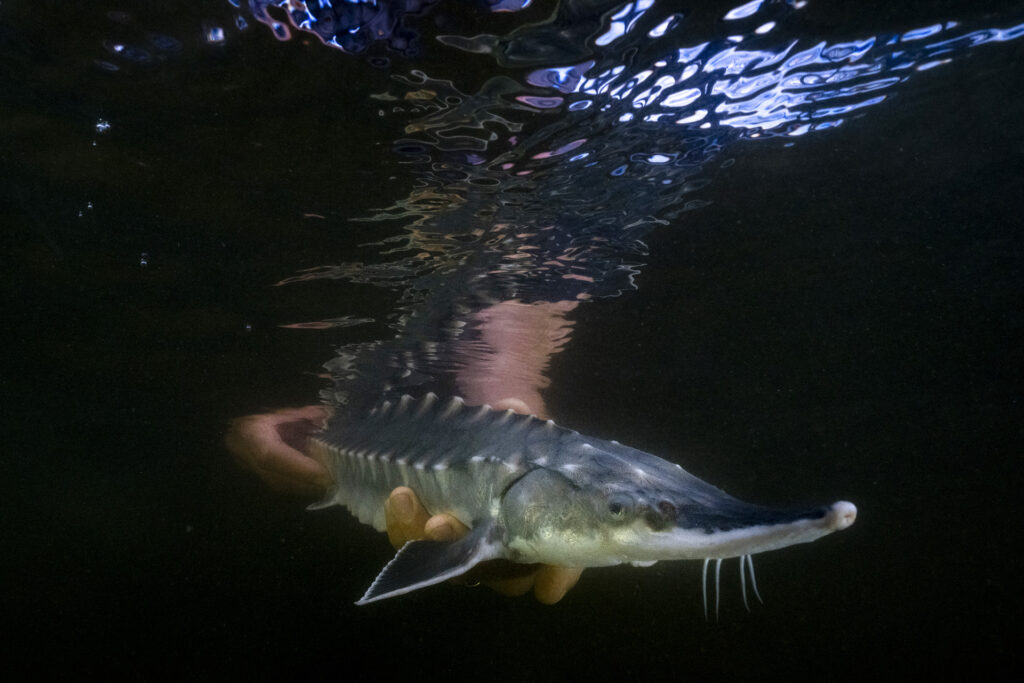
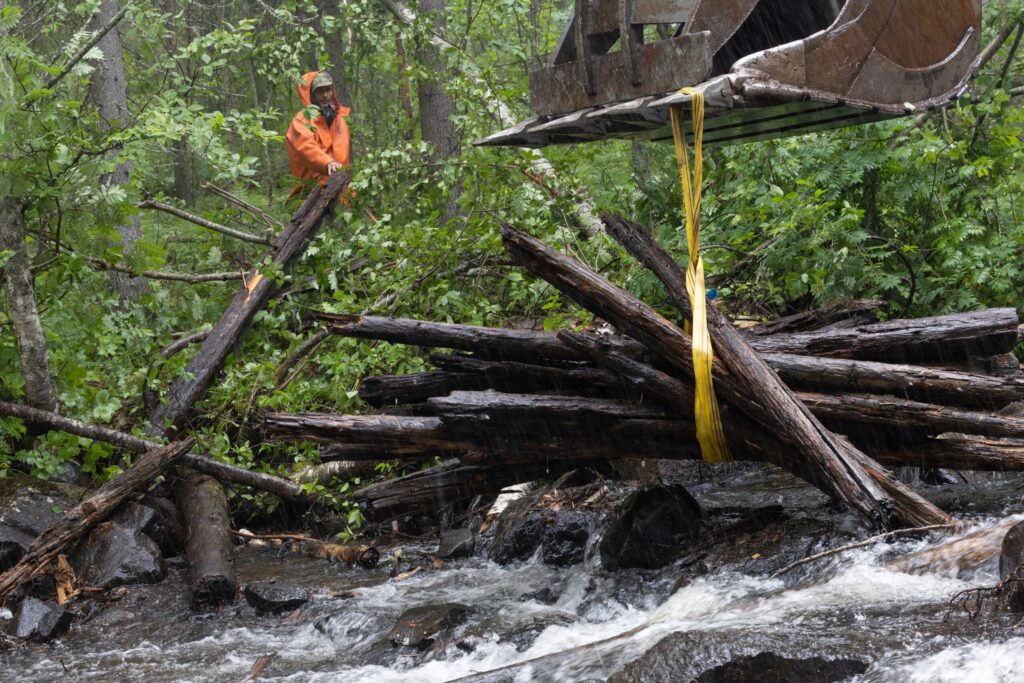
Breaking barriers
Humans, including those living in Europe, have interacted with and depended on rivers for millennia. Today, thanks to man’s desire to govern and harness nature, European waterways are choked with countless dams and other barriers. Many of these structures, some hundreds of years old, provide irrigation, energy, and other benefits. Many others are abandoned and obsolete. Regardless of their usefulness, the presence of these barriers has a hugely negative impact on fish, other wildlife, and people.
The removal of dams has already proven to be one of the most efficient and cost-effective ways of restoring rivers. Complementing river restoration work in our own landscapes, Rewilding Europe is a member of Dam Removal Europe, a burgeoning, European-wide coalition of organisations working to restore European rivers by removing old and obsolete dams and weirs.
Watch “Dambusters”, an epic and inspiring story about scaling up dam removal across Europe on the free streaming WaterBear platform.
Growing momentum
In line with the EU’s biodiversity targets, the momentum behind dam removal in Europe continues to grow. According to a report published in 2025 by Dam Removal Europe, a remarkable 542 barriers were removed across 23 European countries in 2024 – a 11% increase on the year before. These initiatives led to the reconnection of over 2900 kilometres of rivers, boosting biodiversity, restoring ecosystems, and enhancing climate resilience.
European dam removal looks set for another bumper year in 2025. Through the Dam Removal Europe coalition, more than 6000 people are now playing a pivotal role raising awareness and driving action across the continent. Following on from our own dam removal work in the Ukrainian part of the Danube Delta (more information below), Rewilding Europe’s local landscape teams and their partners are now preparing to remove dams in Nordic Taiga, the Oder Delta (Germany and Poland), Central Apennines (Italy), the Southern Carpathians (Romania), and the Greater Côa Valley (Portugal).
Nordic Taiga
In Nordic Taiga, where most rivers have been severely damaged by historical logging, Rewilding Sweden’s waterscape approach to rewilding is enhancing blue-green corridors for nature and wildlife by restoring hydrological pathways and forests. In 2023, the Rewilding Sweden team led efforts to rewild a stretch of the Abramsån River in the valley of the Råne River, removing channelisation, reducing water velocity, and increasing connectivity between the river and surrounding forest.
Rewilding efforts mean water will stay in the landscape for longer, which has a huge ecological benefit, not only for animals such as insects, birds, and fish, but also for natural grazers such as reindeer, which feed on hanging lichens that thrive in moist forest conditions, and moose that graze on plants in and around rivers. By increasing upstream water levels, the recreation of rapids can significantly increase grazing areas. Local communities also benefit, because the river can perform its function as a natural buffer, meaning there is less flooding downstream in times of heavy rainfall.
Danube Delta
The Rewilding Ukraine team are engaged in long-term efforts to renaturalise water flow and connectivity in the Danube Delta rewilding landscape, which is divided between Ukraine, Romania, and Moldova. Large-scale hydro-engineering work carried out in the Ukrainian part of the delta during the twentieth century – which primarily involved the creation of an extensive network of canals and dykes, and agricultural polders – had a hugely negative impact, leaving stagnating water bodies, altering sedimentation patterns, disconnecting floodplains, devastating populations of fish and other wildlife, and diminishing the ability of the delta to recycle nutrients. By removing dykes and dams and reconnecting channels, the efforts of the local rewilding team and partners are breathing new life into the delta and its communities.
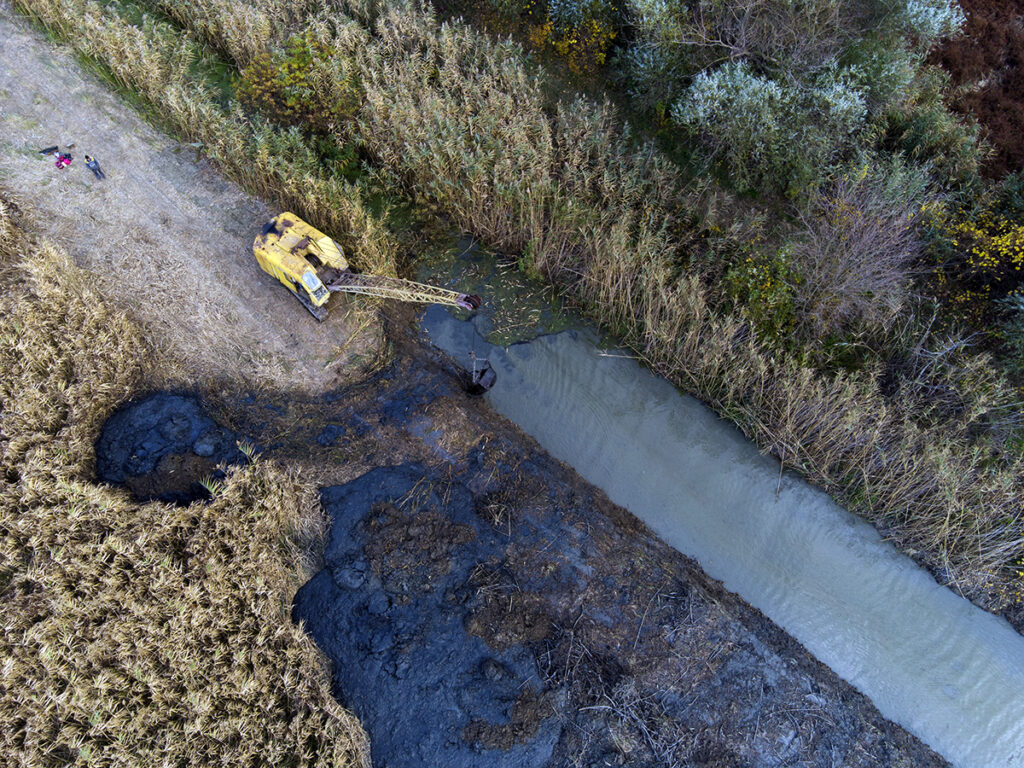
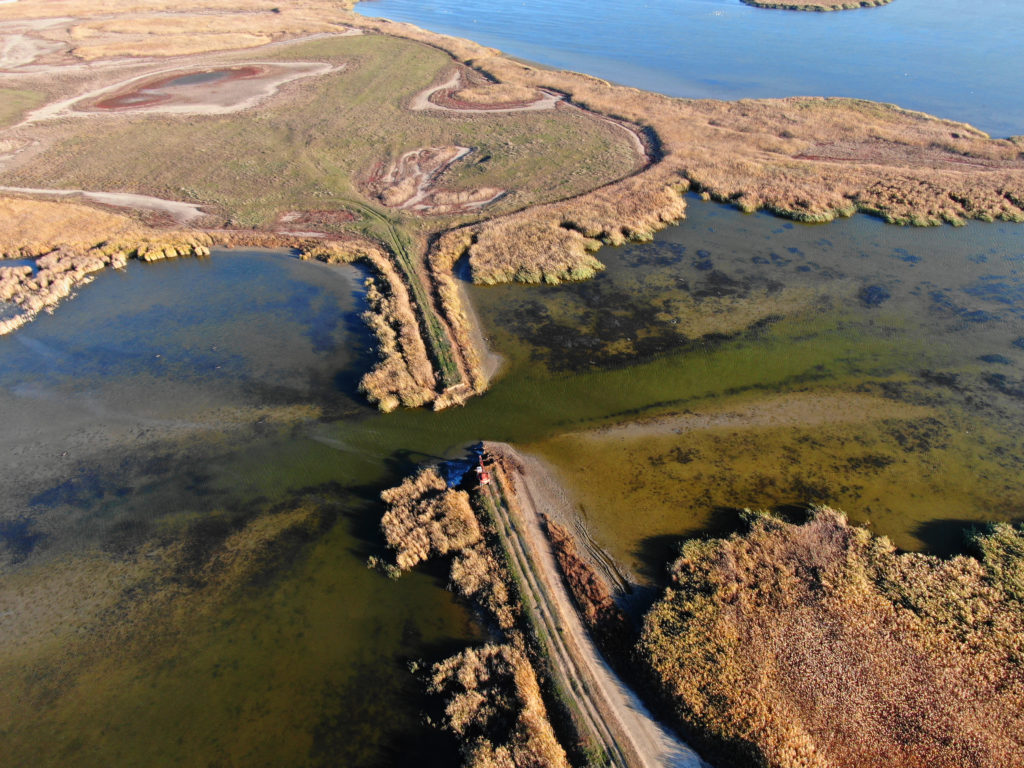
Oder Delta
In the Oder Delta – a giant interconnected mosaic of rivers, lakes, wetlands, heathlands, and riparian forests on the border between Germany and Poland – many waterways are also in poor ecological condition. Riverbeds have been artificially straightened, deepened, and embanked in many places, the free flow of water has been restricted by dams and weirs, and the areas surrounding rivers drained and reclaimed for agriculture and forestry.
The Rewilding Oder Delta team are currently working to restore a number of local waterways through a range of measures. These include rewetting wetlands near rivers to increase water storage, planting riparian trees to provide shade and lower water temperatures, removing barriers to increase habitat connectivity, and supporting riverine species by restoring spawning grounds, which typically involves adding stone and gravel in locations where it should occur naturally. The overall goal is to restore natural water flow, enhance biodiversity, and boost the overall health, functionality, and resilience of the natural landscape, with wildlife comeback supporting the development of local nature-based economies.
Rewilding rivers in the Oder Delta
Central Apennines
The Rewilding Apennines team have been releasing white-clawed crayfish in the Central Apennines rewilding landscape since 2023, following a positive feasibility study carried out in 2020. One breeding centre is operational, with two more set to open.
The white-clawed crayfish, which is found in freshwater ecosystems from the Balkans to Spain, and as far north as the UK, is considered a keystone species. It is an important food source for animals such as otters, fish and birds, while it helps to maintain balance within invertebrate communities as it predates on smaller animals. It also helps to keep water bodies clean by feeding on decaying matter. Sadly, it is in decline across much of its range, facing an array of threats including poaching, disease, competition with invasive species, and climate change.
In November 2024, the Rewilding Apennines team oversaw the removal of five barriers on the Giovenco River, liberating an 11-kilometre stretch of this waterway which flows through the heart of the rewilding landscape. By enabling the free flow of water and increasing connectivity, these restoration efforts will improve habitat quality, boost aquatic and riparian biodiversity, and enhance the overall health of the river and surrounding landscape.
Affric Highlands
Re-establishing natural processes and restoring the functionality of woodland along rivers across the Affric Highlands, especially at higher elevations where tree cover is particularly sparse, is a pressing issue, with scientific data showing rivers across the Scottish Highlands warming rapidly due to climate change. Without the shading provided by trees, this is threatening cold-water adapted aquatic species, which includes everything from Atlantic salmon and brown trout to freshwater pearl mussels and aquatic invertebrates. Riparian restoration can help to minimise future temperature increases.
In the autumn of 2023, the Affric Highlands rewilding team restored 23 hectares of riparian woodland on the 4000-hectare Corrimony Farm, planting a range of native tree species along small tributaries of the River Enrick, at an elevation of between 400 and 550 metres.
Maximising impact
At Rewilding Europe we want to see river restoration scaled up across the continent. In addition to the work in our own landscapes, we also support an increasing number of river rewilding initiatives through the European Rewilding Network, empowering them with the tools and expertise to maximise the impact of their own efforts. More information about the network members currently involved in river restoration can be seen on the map below.
Let’s scale up river rewilding together
Support us as we work to rewild rivers across Europe, and help others do the same.
Help to identify and track the barriers on Europe’s rivers, as the first step in the removal process.
If you’re looking to remove a dam or other riverine barrier, the Dam Removal Europe website is packed with useful information.
